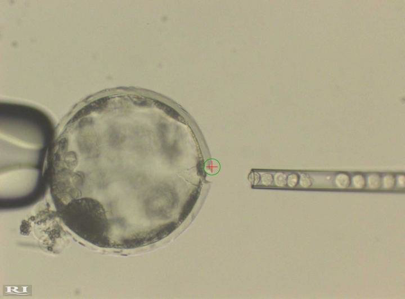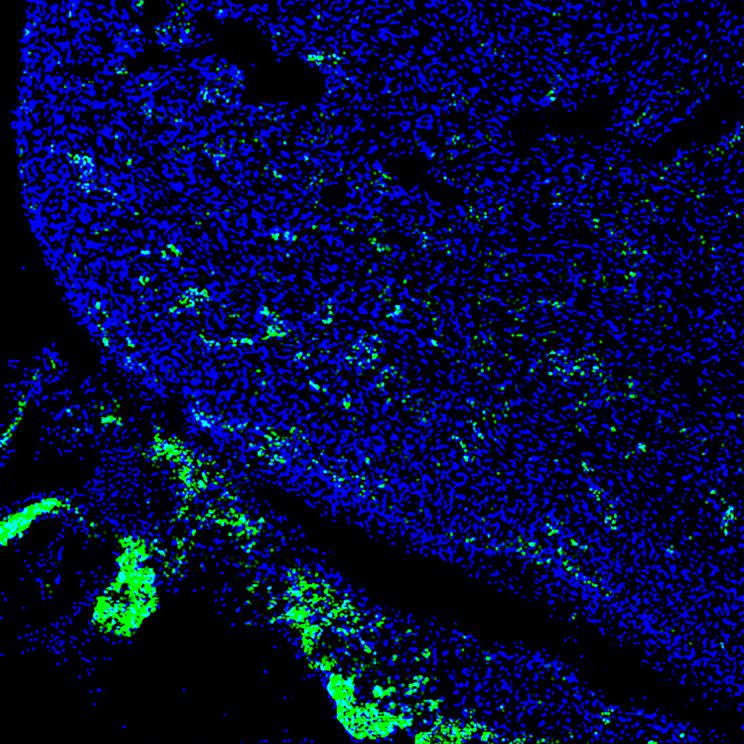Scientists create human-pig ‘chimera’ embryos in lab

A part-human, part-pig embryo has been created by researchers for the first time.
The bizarre chimera – named after the mythological beast made up of parts from different animals – was made by injecting human stem cells into a pig embryo.
It is hoped that the breakthrough could lead to the growing of human cells, tissues, and organs in animals for use in regenerative medicine in humans, though critics say it raises ethical concerns.

Researchers at the California-based Salk Institute of Biological Studies’ Gene Expression Laboratory first began testing on embryos that combined rats and mice.
They followed this with human-cow hybrids before they landed on pigs as the most suitable candidate, partly due to their size.
The experiment saw the human stem cell being inserted into a pig embryo, which was then implanted into a sow.
The hybrid embryo was then left to develop for three to four weeks.
“This is long enough for us to try to understand how the human and pig cells mix together early on without raising ethical concerns about mature chimeric animals,” said Juan CarlosIzpisua Belmonte, lead investigator and a professor from the Salk Institute.
Of the 2,075 chimera embryos that were implanted, only 186 developed to the 28-day stage.
MORE: Emojis for England, Scotland and Wales flags will FINALLY be released this year
MORE: Twitter removes Donald Trump from search results for ‘bigot’ and ‘racist’
“The ultimate goal is to grow functional and transplantable tissue or organs, but we are far away from that,” said Izpisua Belmonte.
“This is an important first step.”
The research is published in the journal Cell.

 Yahoo News
Yahoo News 


